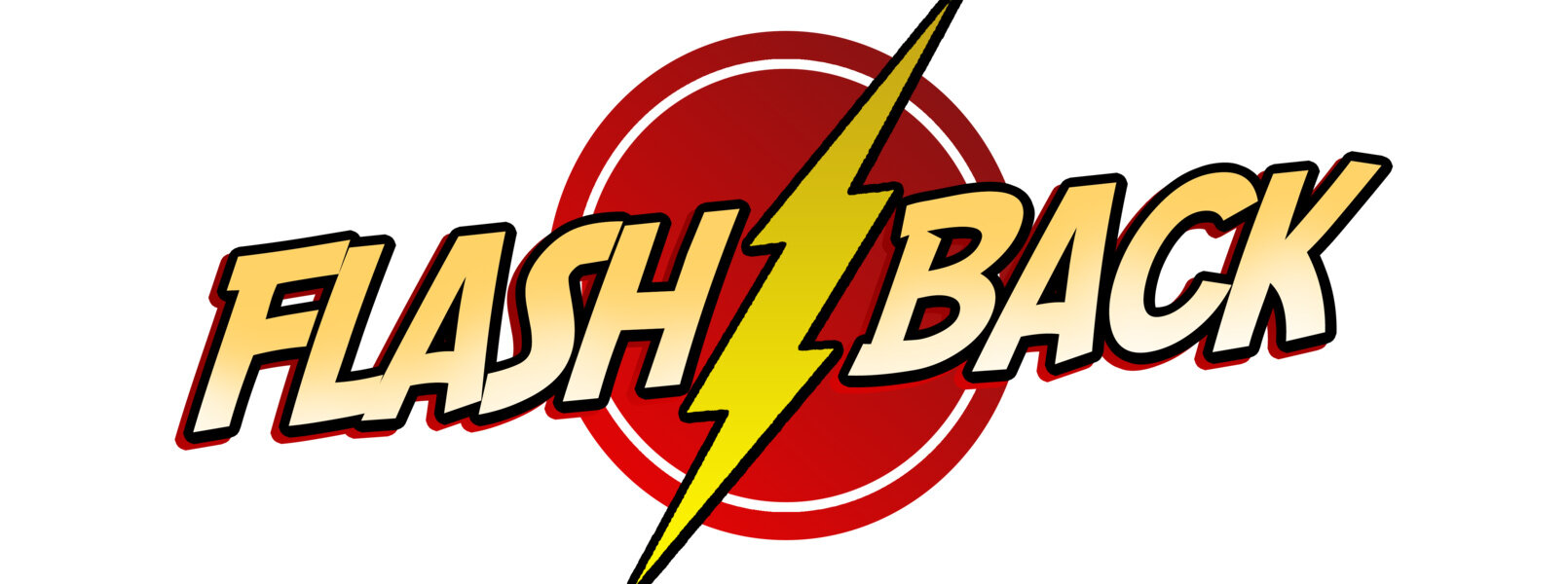Flashback
A powerful but dangerous tool
Flashback can be a very effective device in providing back stories for our characters but it needs to be used with caution. I remember speaking to the course leader of a Creative Writing qualification I was considering taking, and being told he had banned flashback use by his students. I was appalled, and subsequently ended up applying elsewhere (there were other reasons too). But in retrospect he did have a point. Flashback, used badly, can be clumsy and annoying and perhaps should only be employed by skilled writers.
Agents say one of the most frequent story beginnings they receive is a scene where the protagonist wakes up, groggy and confused the day after a party, then realises, through flashback, that s/he had had too much to drink the night before and behaved badly. Maybe writers think this is original, but apparently it’s not, so what is wrong with it?
Well, the first thing is flashback stops the narrative from progressing – in fact it takes us backwards. Early on in a story we want to keep the story moving forward in order to give it a momentum that hooks the reader. So why not start with the party, then have the character waking up the next morning – so events are in chronological order? Another reason is, having only just met this character, we don’t know them very well so we are not yet interested in their past. Going backwards so early on can lose a reader.
But there is a place for flashback, and, if used carefully, it can work well. I am currently writing a story about two sisters. We sense their relationship is fragile, and, by interspersing stories from their childhood, I am trying to convey to the reader how that relationship broke down over time. But I have only done that after the reader is well into the story and, hopefully, immersed in it.
So how do you introduce flashback? Well, first of all it should be clear that we are moving back in time. This can be signalled by a date, a change of font or just making it clear that the character is remembering an event from the past. Sometimes an object works well. As our protagonist is chopping vegetables in the kitchen one day, a ray of sunlight catches the blade of the knife and instantly she is transported to another kitchen scene, many years ago, when the sun glinting on a knife heralded the terrible event she witnessed as a child. Or similar… you get the idea. Flashback should be subtle but not confusing.
Another piece of advice is to limit the use of the pluperfect. (‘She had gone…’) We need to use it at the beginning of the scene in order to establish we are going into a more remote time scale, but if we use it too much it becomes irritating for the reader. So after two or three usages to orientate the reader, it can be dropped and replaced by the perfect (‘she went’). Here is an example.
Yesterday she had gone to the bank to try to draw out some money. The clerk had typed something at the computer, then scratched his head.
‘I’m afraid your account is empty Miss Smith,’ he said. ‘Do you remember taking the money out?’
Emma was appalled. ‘No, the money was definitely there when I checked yesterday,’ she replied.
As you can see, the verbs, highlighted in bold, go from the pluperfect to the perfect. Once the reader understands where we are in time they no longer need the signals so we can drop the ‘had’ which can become irritating and distancing after a while.
My best advice is to read books which use the flashback well, for example ‘The Book Thief’ by Marcus Zusak or ‘Fingersmith’ by Sarah Waters in order to examine in more detail how the device works.
